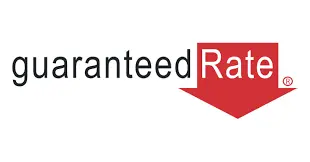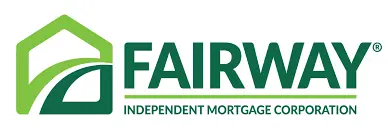To estimate how much you could save each month with a refinance, first you’ll need to enter some information about your current mortgage. After that, you’ll add information about the new mortgage you’d like to apply for.
Your current mortgage information
- Original amount: Start by entering how much you originally borrowed on the loan you’re refinancing.
- Loan start date: Next, add the date your current loan started. This information should be on your closing disclosure or monthly mortgage statement.
- Loan term: Select a 30- or 15-year term.
- Interest rate. Enter your current interest rate.
Your new loan information
- Loan term: Choose between a 30- or 15-year term.
- Interest rate: Choose a realistic refinance interest rate. You can base this on loan estimates you have received or current refinance rates.
- Closing costs: Our calculator automatically assumes refinance closing costs equal to 2% of your new loan amount — actual costs may range between 2% and 6% of your loan amount.
- Length of Ownership: This is how long you plan to live in your home after the refinance.
How to find your break-even point
Once you’ve entered in the information above, our refinance calculator will give you one of two results:
- “Refinance makes sense: You’ll break even before you plan on moving.” This means the refinance will pay for itself before the date you put in the “length of ownership” field.
- “Refinancing makes sense if you plan to stay for more than ___ years: You’ll not break even before you plan on moving.” This signals that your break-even point is after the date you put in the “length of ownership” field. The calculator will fill in the blank here, telling you how long you’ll need to stay in your home to start seeing significant savings after breaking even. The calculator considers one full year of savings, after you’ve broken even, to be “significant.”
 What is a break-even point?
What is a break-even point?
Your refinance break-even point is a date in the future. If you own your home through this date, you’ll have fully recouped the closing costs you paid when you refinanced. Your break-even point is when you can begin truly benefiting from the lower monthly payments that came with your refinance.
For example, if your monthly payments decrease by $200 once you refinance, but you have to pay $6,000 in closing costs, your break-even point is 30 months after closing ($6,000/$200 = 30 months). If you stay in the home for more than 30 months, you’ll save money by refinancing.










